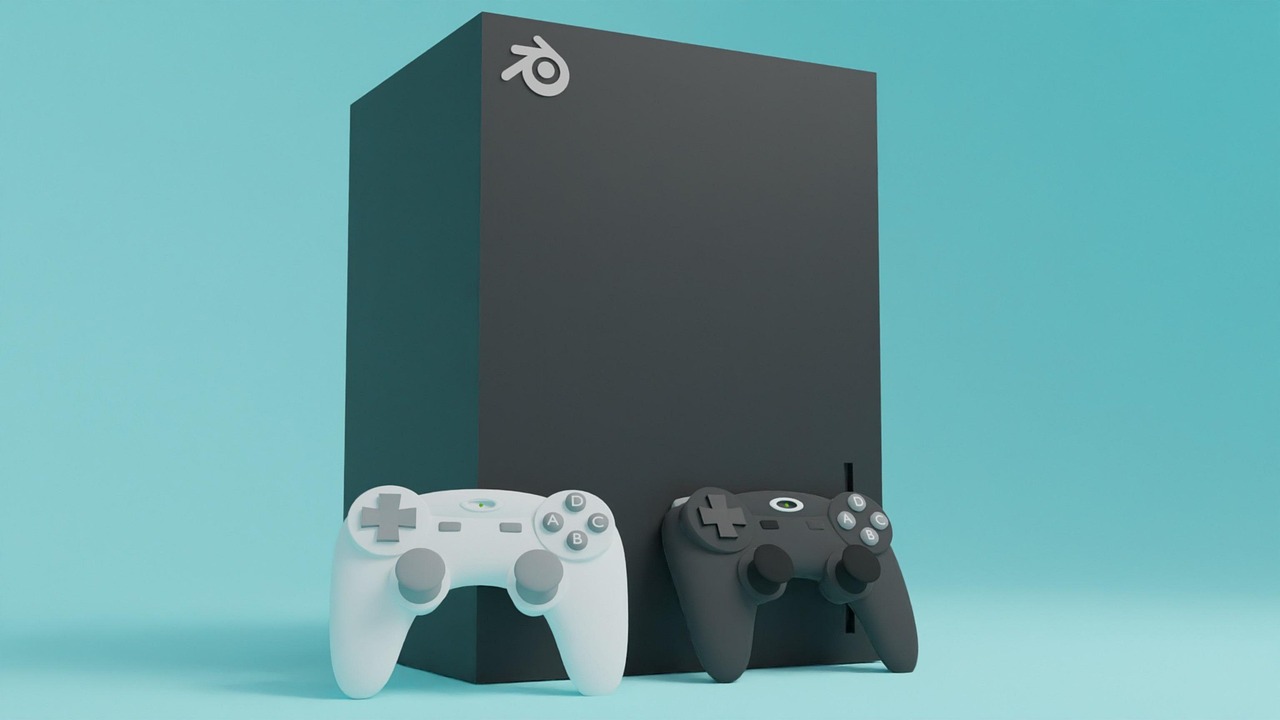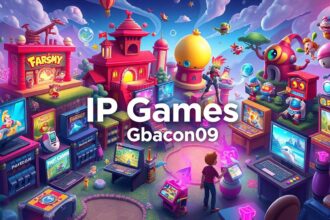Ask anyone what makes a game worth playing in 2025, and you’ll get a mix of answers. Some say freedom. Others point to smart design. It’s not just about the graphics anymore—that’s old news. It’s about how the whole thing feels the moment you sit down.
Games now do more than entertain. They adjust. They remember. They work around you, not the other way around.
Games That Learn You, Not Just Teach You
One thing’s clear: players don’t want one-size-fits-all anymore. If you’re into storylines and exploration, the game will push that your way. If you’re all about combat and speed, expect tougher bosses or faster pacing. None of this is announced—it just happens. Quietly. Naturally.
It’s not magic. It’s data. Games track how you move, when you pause, what you avoid, and where you double back. And they shift accordingly. You might not even notice it, which is the point.
Even smaller mobile titles are in on it. If you log in every day around 7 p.m., the app knows. If you skip cutscenes, the game speeds things up. It’s subtle, but it adds up.
iGaming: Quick, Smooth, and Smarter
Of course, this trend isn’t just in traditional gaming. The top casino sites have been busy, too. Interfaces are cleaner. Load times are almost nothing. You log in with a face scan, make a deposit in two taps, and boom—you’re playing.
It’s not just the convenience. Trust is becoming a selling point. Players are quick to ditch a platform that feels shady. So operators have started showing more: fair play breakdowns, win rates, and spending tools that help you pull back if needed. Some sites even send alerts if you’re heading into risky territory.
And yeah, AR tables are a thing now. If you’ve got the gear, the dealer shows up on your kitchen table like it’s no big deal.
Tech That Doesn’t Show Off
The best tech in 2025 doesn’t scream. It doesn’t show off. It just works.
Take the controllers. You don’t just feel a rumble. You feel footsteps on gravel, or the drag of water, or the snap of a weapon mid-swing. It’s detailed. Almost too real, sometimes.
There’s also eye-tracking. Look left, and the HUD fades. Look at an item, and the description appears. No clicks needed. The game knows.
Then there’s sound. Not surround sound. Not “3D audio.” Something more reactive. If you lean in with your headset on, the whisper gets closer. If you tilt your head, the reverb shifts. It’s eerie, but it pulls you in.
Some games quietly use NFTs, but not in the way you’d expect. You’re not buying loot boxes. Instead, you’re earning digital items that are genuinely unique, linked to real gameplay. A skin you unlock during a seasonal quest, or a badge from a limited-run mode. It’s yours, and no one else has that version.
Social Without the Pressure
Not everyone wants to talk while playing. Developers seem to get that now. Social features are still present, but they’re more subtle.
Instead of matchmaking lobbies and voice chat by default, you get ghost races, silent co-op, and post-match reaction tools. Some games even let you leave a tip for another player, like “try the left path” or “this boss hates fire.” It’s interaction, just without the noise.
And when you do want to connect, it’s built in. Room codes, team quests, rotating friend bonuses—it’s all easy to jump into, and just as easy to ignore.
What Actually Sticks
Think back to your favourite gaming moments. They’re probably not tied to graphics or feature lists. More likely, it was a moment that surprised you. A song that hit just right. A scene that felt too real. A win you didn’t think you had in you.
That’s what matters now—games that make you feel something. Not every game needs to be deep. But the ones that last? They give you something you didn’t expect.
Some do it with emotion. Others through a challenge. A few by just letting you breathe. That’s what makes people stay. That’s what keeps them loading the game back up even when they’ve got ten others installed.
No More Wasted Time
Players are sharper than ever. They know what’s worth it and what’s a time sink. And in response, more studios are trimming the fat.
Menus are shorter. Load screens are gone. Sessions autosave without making a fuss. Some games even show you stats like, “You usually stop after 40 minutes—want to wrap it up now?”
The message isn’t “play more.” It’s “play better.”
Conclusion
Nobody’s looking for the next gimmick. They’re looking for games that get them. Games that don’t waste time. That doesn’t feel like work. That let them tap in, get something out of it, and move on without feeling drained.
The frontier isn’t about adding more. It’s about getting smarter with what’s already there.

















